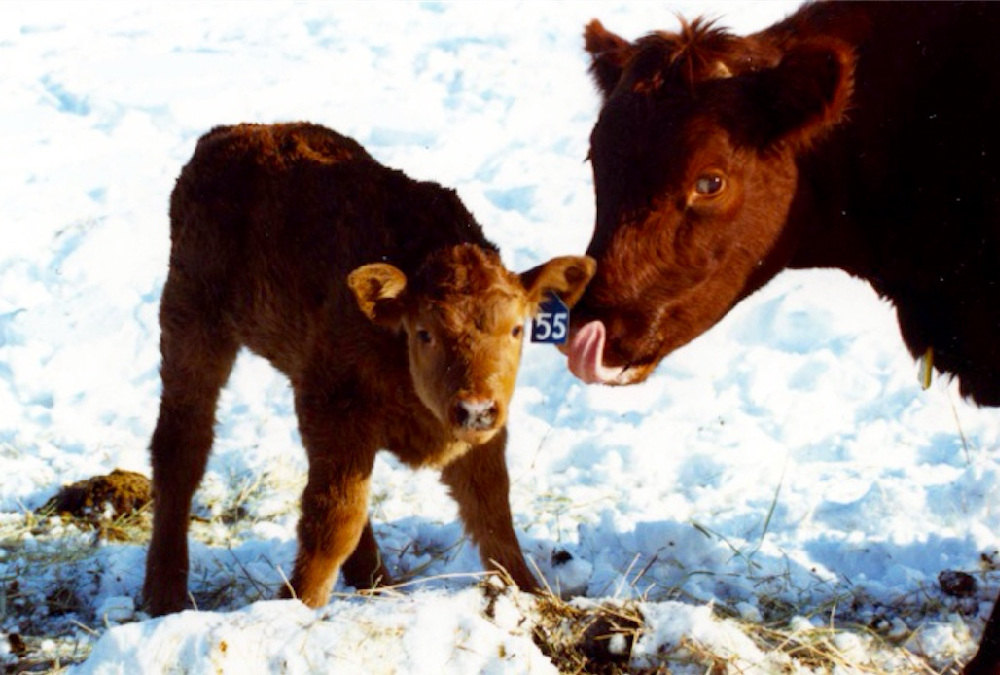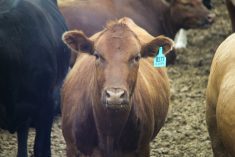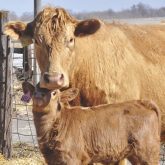We all spend lots of time in animal health using equipment to administer vaccines, giving implants, weighing cattle, handling cattle, and administering pain control.
In the veterinary world, we use surgical instruments, semen ejaculators, ultrasounds for diagnosis of reproductive things to internal problems and other equipment ranging from tubing devices to esophageal feeders to calf pullers.
Like a vehicle or tractor, many devices need regular cleaning, checking and maintenance. Calibration is also essential. Our blood and serum analyzing equipment in veterinary clinics have ways to check to make sure their calibration is correct. If this is not done we can make false diagnosis or interpretations based on erroneous results.
Read Also

Dennis Laycraft to be inducted into the Canadian Agricultural Hall of Fame
Dennis Laycraft, Executive Vice President of the Canadian Cattle Association, is one of this year’s inductees into the Canadian Agricultural Hall of Fame. Laycraft was nominated for his many contributions to the cattle industry.
My point is we all must maintain this specialized equipment but also have a backup plan if it fails. This includes producers, ranchers, nutritionists, hoof trimmers and last, but not least, veterinarians and their staff.
In order to do a proper job, continual maintenance is critical.
For example, vaccine guns must be given the same care as a mechanic’s tools and always cleaned, dried, and put away. (A fridge or freezer is a good place to store them so bacterial growth does not occur.) Also lubricate the O rings so it is easy to dispense product and, ideally, try and keep spare parts, spare barrel or a spare gun around. This can save valuable time. If they are wearing out and getting inaccurate, get rid of them for sure. You can’t afford to have an inaccurate dosing syringe.
The same principles apply to bottle mount guns. Best to poke a few holes in the top of the bottle with a needle. Otherwise when piercing the rubber stopper, a small plug of rubber can get into the gun and throw out the dispensing amounts. That’s why it is always imperative to keep an eye out that dispensing guns are accurate dosing.
This also goes for all the oral and topical guns you have around. Best to empty out the line and lubricate the gun. A lot of the products (especially alcohol in ivermectin products or insecticides) will damage seals, harden pliable hose lines and generally greatly decrease the life of the gun. Most of these guns are not given away anymore with the product, so a little maintenance when you are done goes a long ways.
We always know at the different seasons to go over the equipment we are about to use in animal production, from calving and processing equipment to maintaining fridges that hold vaccines.
Often the most neglected piece of equipment is the squeeze chute. Grease nipples should be greased, sliders maintained, and lead-up alleyways checked to ensure there are no sharp points. It is good to get in the habit of always shovelling out the squeeze chute and lead-up alleys, and also look for defects in the flooring. For systems with weigh scales, calibrate at the start of each processing event.
Modern cattle-raising practices rely much more on technology but it must be running and registering properly. It is nice though, in the event of a breakdown, that we can rely on old-school ingenuity to get us by. I once was preg checking/processing and the operator wanted to shut down because the air-driven air tagger broke down. I produced a manual allflex tagger and we proceeded. (Harder but not much slower, and we got the job done.) Taggers or pins for them may break so we must have back-up for many of these things.
As a veterinarian I tried to carry extras as a small thing like that can save the day and eliminate downtime. As the Boy Scout motto says, ‘Be Prepared,’ and that couldn’t be more true when processing cattle.
Redundancy in equipment where possible can save the day. Ultrasounds or their batteries can fail and a veterinarian can fall back to manual palpation if need be. We sometimes need our improvisation skills if instruments break or electrical ends get broken. Fortunately farmers can save the day if obstetrical sleeves (palpation gloves) get forgotten or a calving handle gets lost.
With supply chains always in jeopardy (especially with this COVID-19 pandemic), I am encouraging everyone from this day forward to stock up.
We never know when there will be a regional or world shortage of something, so best to keep more inventory of both medications (vaccines and antimicrobials on a script from your veterinarian) but also equipment parts.
You never know when a vaccine gun or implant is going to break and with proper maintenance we may detect a problem ahead of time. You may even need to save the day for the neighbour if he/she has a breakdown, breakage or simply runs out of something from lack of inventory control.
Remember, we are all an essential service, which to me is a very good feeling. This pandemic has thrown the light on to how essential agriculture is. It is always good to be needed and more of you need to tell your story and the things you do and sacrifices you make to the world.
















